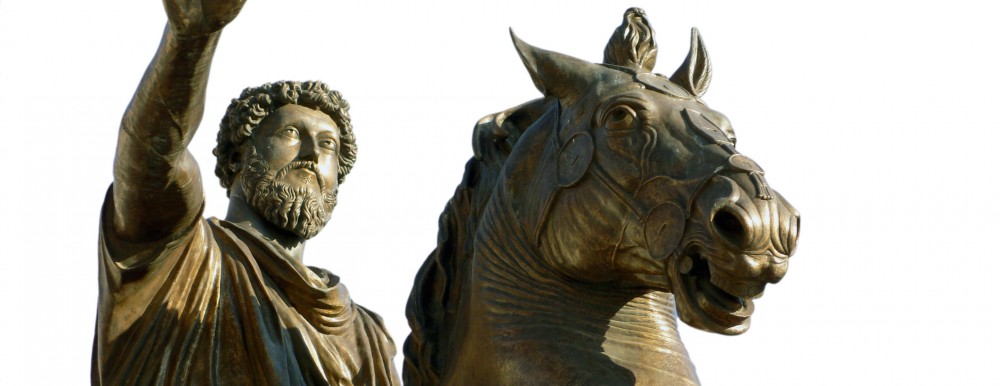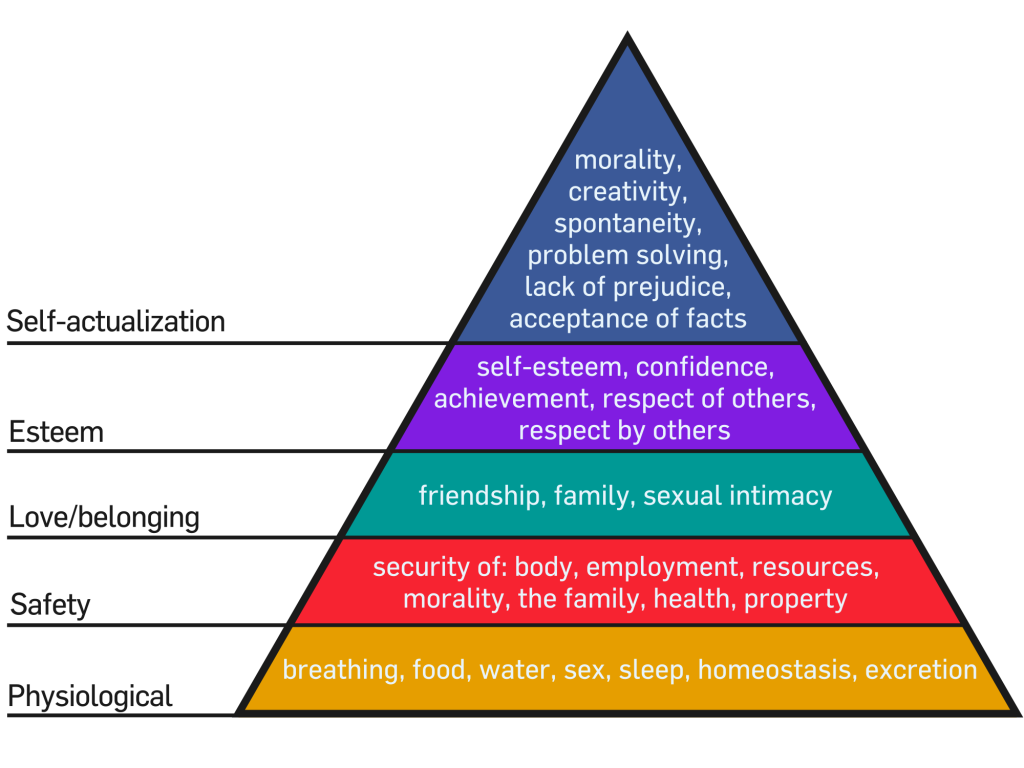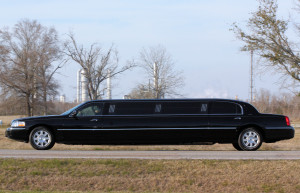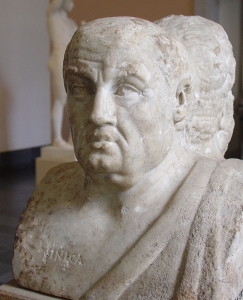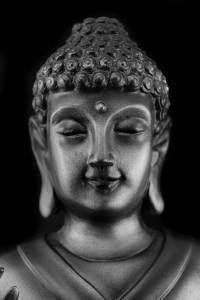In all of my studies of Maslow (which are limited to brief undergraduate and that for this article), nowhere does anybody speak of the fact that we can CONTROL our desires. People throw around Maslow’s Hierarchy like humans are just animals, acting instinctively with little control over our minds.
On the spectrum of things we can control, our desires are one of those things that we have quite a lever on. This is where a Heroic Stoic can use the tools of philosophy to modify the hierarchy. For example, if I must have caviar and filet every day, then certainly I have set a high bar for fulfilling my physiological need of food. What about shelter? Do I need a 5,000 square foot home or a tent? These things are for us to decide. Certainly they are not easy decisions, and they require some judgment. Many human beings live in simple dwellings with no heat/cooling, while I cannot imagine not having a powered system that controls my indoor environment.
Or could I? My awareness of this fact is half the battle, isn’t it? Could I live without central heating? Well, first of all I live in a mild climate so I am ahead of the game. But seriously, could I? At first, I think it would be difficult, but eventually I can imagine that I would adapt with less clothing in Summer and bundling up in Winter. Imagining this is therapeutic. It allows me to see that my life as I know it can change, and it also helps me appreciate the needs I have fulfilled. In a sense, this awareness allows me to jump up the ladder of needs fulfillment. It helps me realize that central heating is not physiological but maybe a safety need. When I don’t need caviar and filet for my food, then I can move on to higher needs.
Then, I can control the higher needs as well using what I know about control, fate, and impermanence.
More on that, later.
